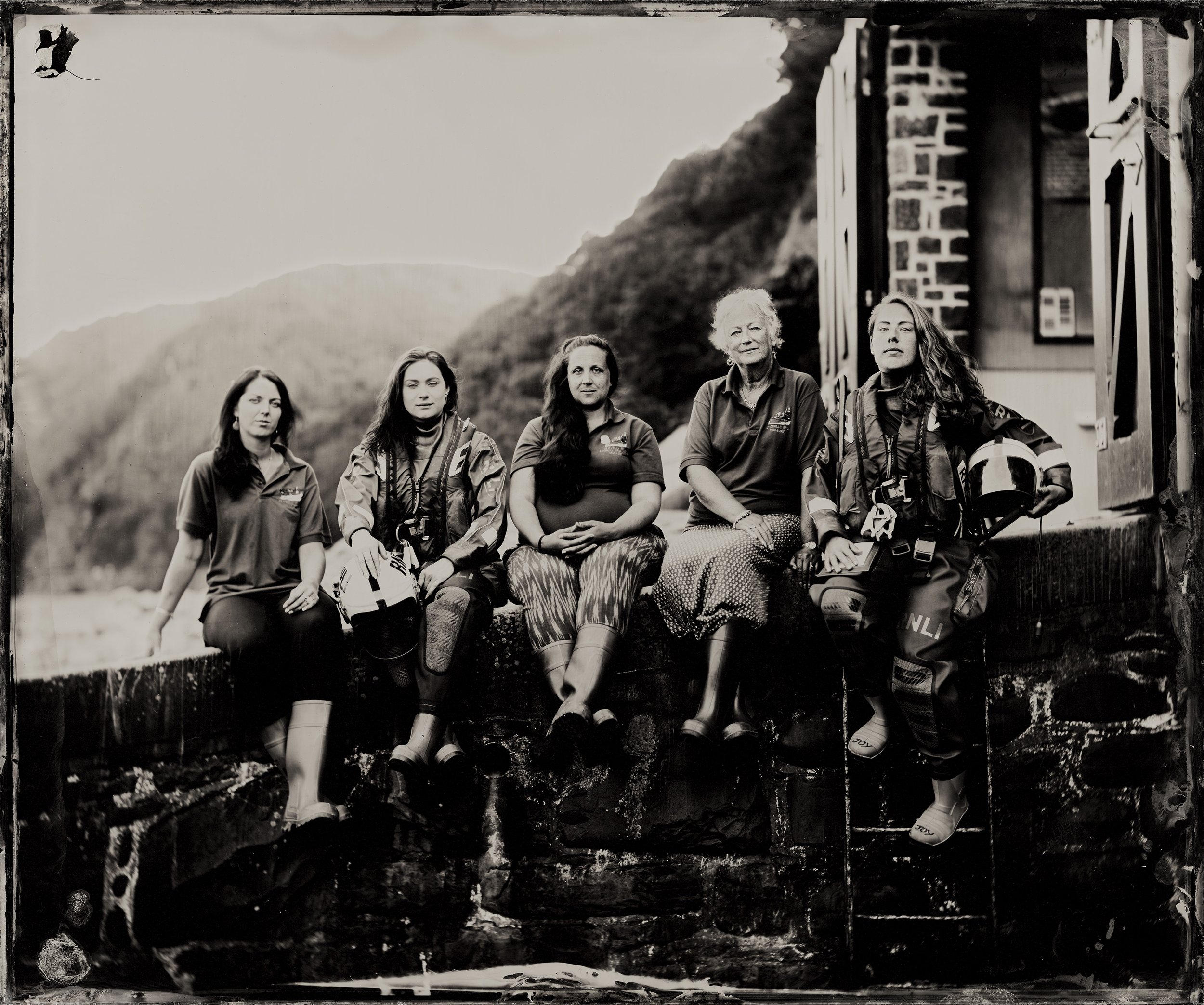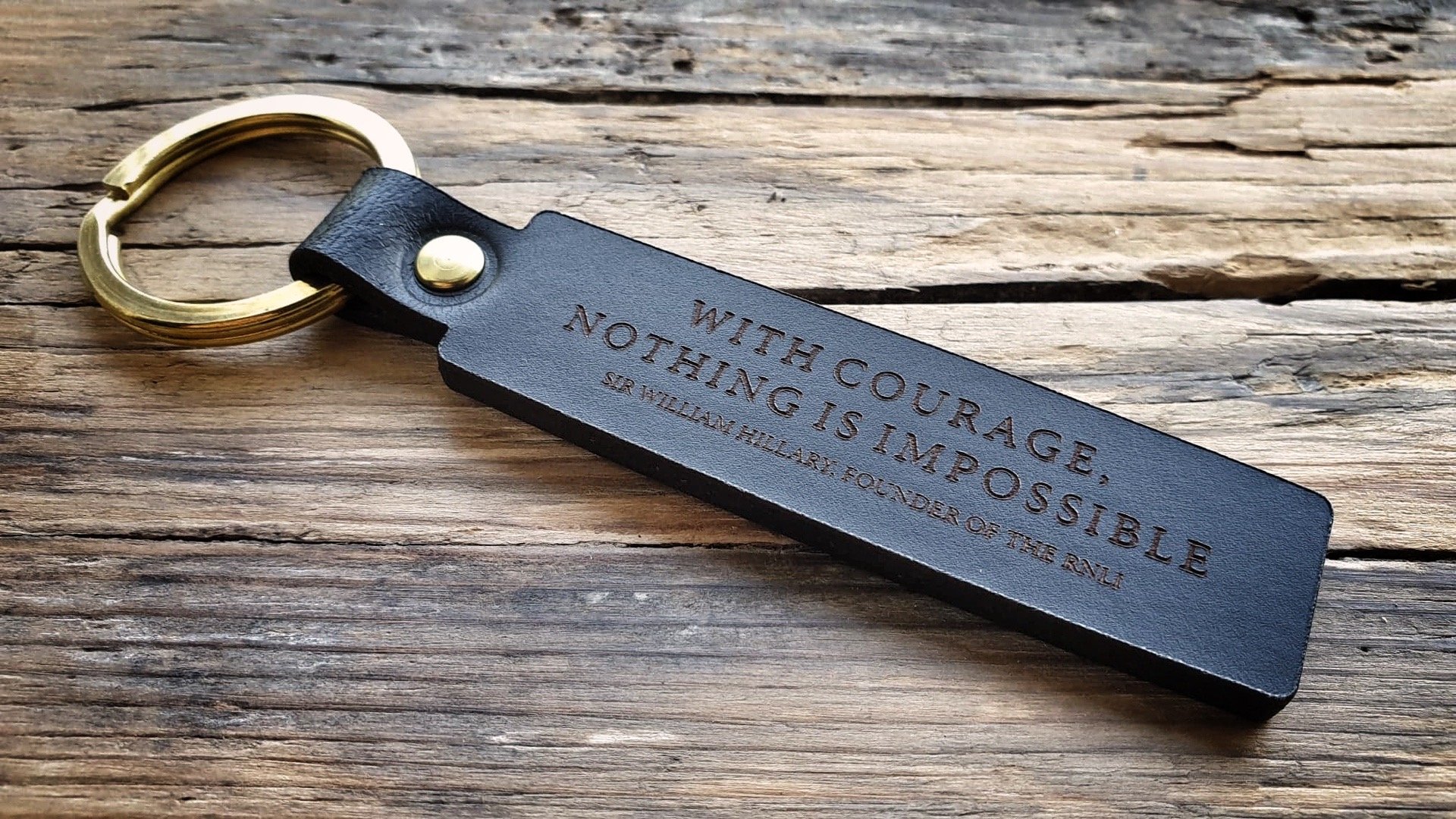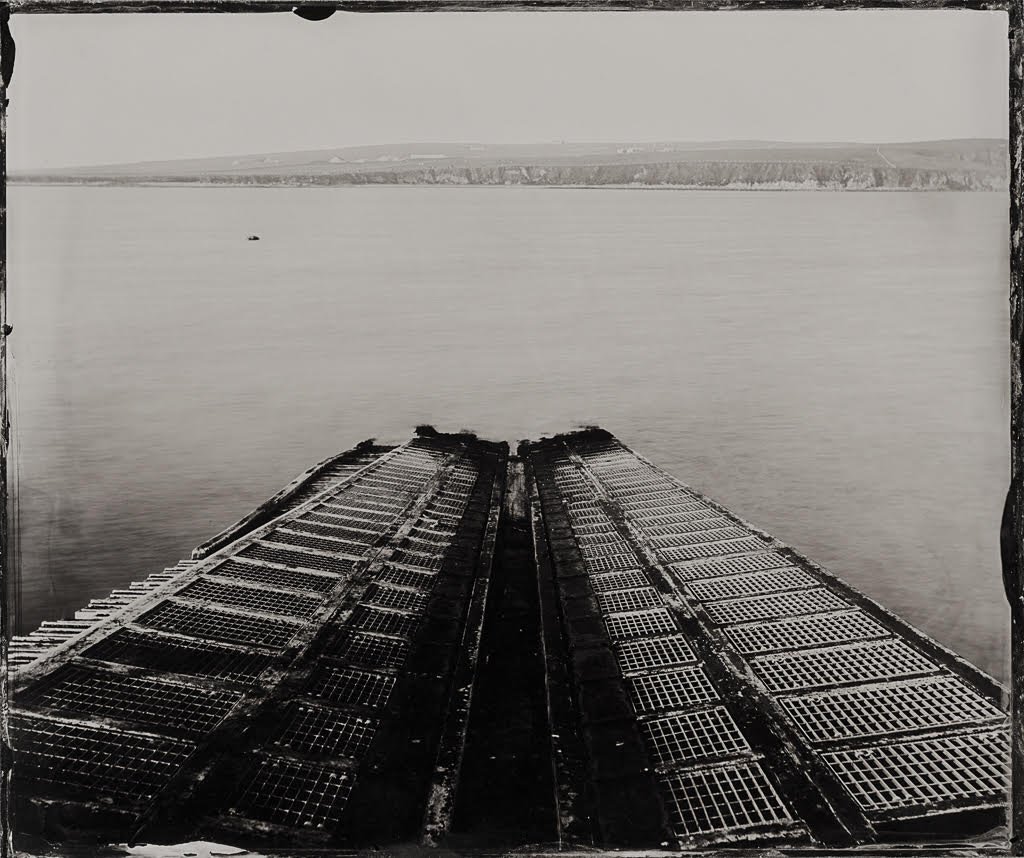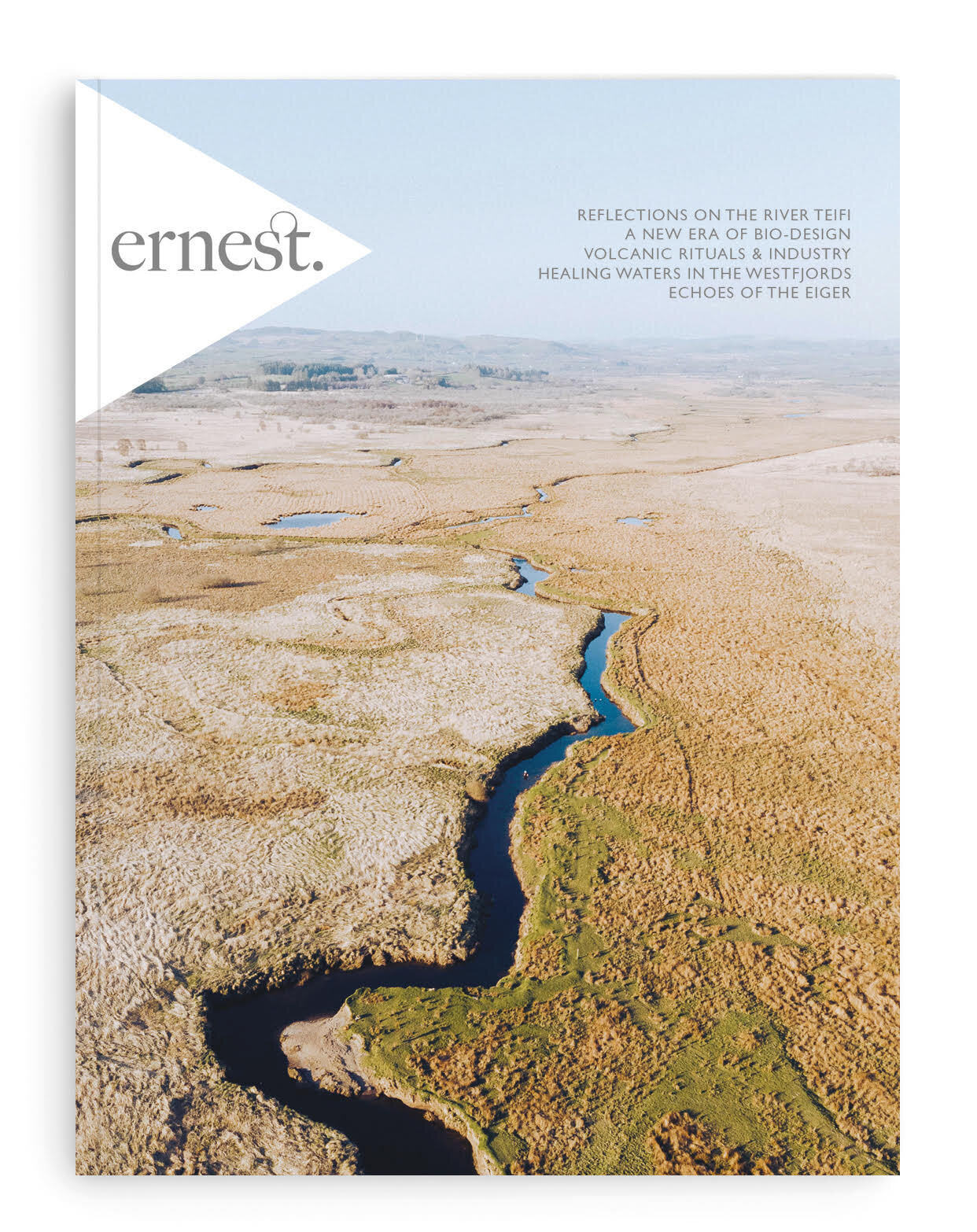Luke, what compelled you to photograph tidal pools?
I discovered tidal pools through an interest in Art Deco architecture, particularly the lido. It was originally this architecture I wanted to photograph, but the season had just changed to winter, all the lidos were closed and it was difficult to gain access. Through research I discovered a space that had no restrictions. A space that was always open to the environment – the tidal swimming pool.
I became interested in discovering man’s influence over the landscape, right up to the very edges of our coastline. The focus was to highlight the conflict between the natural and manmade environment.
The pools are built to withhold water, creating a recreational space. However, the tide dictates the space and the ocean answers to the gravitational pull of the moon. This natural occurrence still holds a dominance over this landscape, dictating the conditions of use, enjoyment and documentation.
Was it a conscious decision to not photograph people in the scenes?
There are some signs of people in the photographs, small dots in the distance walking on a beach or appearing as a slight blur from a long exposure. I wanted to focus the attention on the pools, concentrating on the structure’s relationship with the natural environment, rather than focusing on humans and how they interact with the space.
Did you have ideal conditions in mind for shooting this series?
All the pools are photographed in winter. This depicts the space in the harshest of conditions, when the pools feel most vulnerable to the elements. I also love the cold diffused light. I often tried to capture this just before sunrise.
Did the shoot pose any challenges?
The tide and weather presented interesting challenges during the making of this project. All the photographs were made at low tide, otherwise the pools were often concealed by the sea. The weather, especially the coastal winds also played a part, causing the 4x5 field camera to shake. I used an umbrella to counter this, or if the winds were too strong I’d just try another day.
How has the project been received so far?
It is always nice when someone recognises a pool. Especially when they have interesting stories to tell. Recalling memories and experiences from visiting, often from their childhood.
Which pool did you find most interesting to capture?
Each pool carries with it a different memory. It was often the journey to discover them that enhanced my overall experience. The journeys included unforgettable road trips to Cornwall, Devon and along the east and north coast of Scotland.
Has your opinion of tidal pools changed since photographing the series? What do you hope for their future?
During the making of this project, I spent a lot of time researching all the pools. Finding out their history, as well as discovering their locations. I have become more aware of their importance and what they represent to the people who visit.
The future of the pools lies with the coming together of local communities to keep them maintained. If this collective spirit can be achieved, the pools will survive for generations to come. It’s reassuring to have recently witnessed this happening.
Where do you turn for inspiration - particularly when you're in a creative lull?
Books on themes of creative theory. Films set in America with beautiful landscapes, often a crime thriller. I drift towards the Coen Brothers films to escape and get lost within the story, visuals and journey. But sometimes, nothing beats just getting out there to take pictures – you never know where it might lead.
Are there any contemporary photographers whose work you're particularly enamoured by?
My current inspiration comes from looking at the work of Guido Guidi, Michael Schmidt and Jean Gaumy. I have also become intrigued by the noticeable comparison and direct influence found between David Hockney and Vincent van Gogh’s depiction of nature.
Are you currently working on any other projects?
My recent project Wooded Heights explores the Cairngorms National Park, Scotland. The series aims to show the true value of this landscape, with a focus on the rewilding initiative, and highlights the importance of protecting wild spaces.
I’m currently working on smaller experimental style projects. This involves exploring and developing new ideas hoping they will lead to something bigger and more long-term. The ideas come from a combination of influences, research and getting out there and photographing. It is about trusting the process and hoping it will materialise.
Tell us about your kit.
Time and Tide was photographed on a 4x5 large format field camera. I also use 6x7 medium format along with photographing digitally. I’ve grown to love how the digital medium allows for so much freedom to experiment.
Tell us about your work space. How does it reflect you?
Plants and a good pair of speakers. I spend a lot of time editing as a retoucher, fueled by house and techno music.
How has the past 18 months or so changed your relationship with place, or perhaps your everyday rituals or rhythms?
During this time, I was fortunate enough to be living in the countryside, close to nature and be continually inspired by the environment around me. I have started a new way of working, which involves pursuing smaller experimental style projects. This involves researching and developing ideas, then getting out there and photographing, trusting the process, hoping it will lead to something new or more long-term.
What's on your bedside table?
I don’t actually have one, just a lamp on the floor. During the first lockdown I was inspired by the Minimalism documentary on Netflix, and started to slowly get rid of everything since. it’s surprisingly cleansing – less is more.
Discover more of Luke’s work at brownluke.com






















